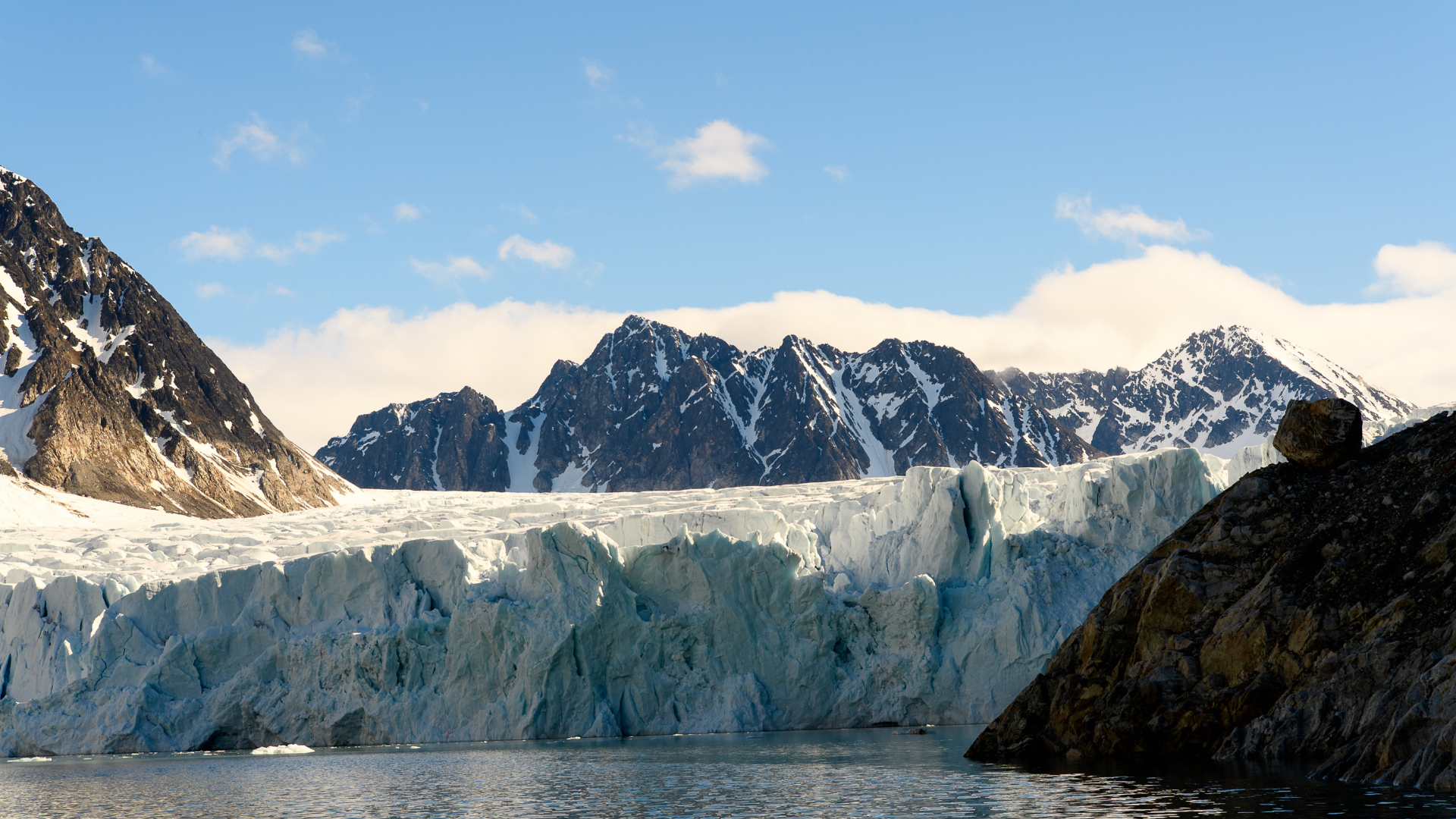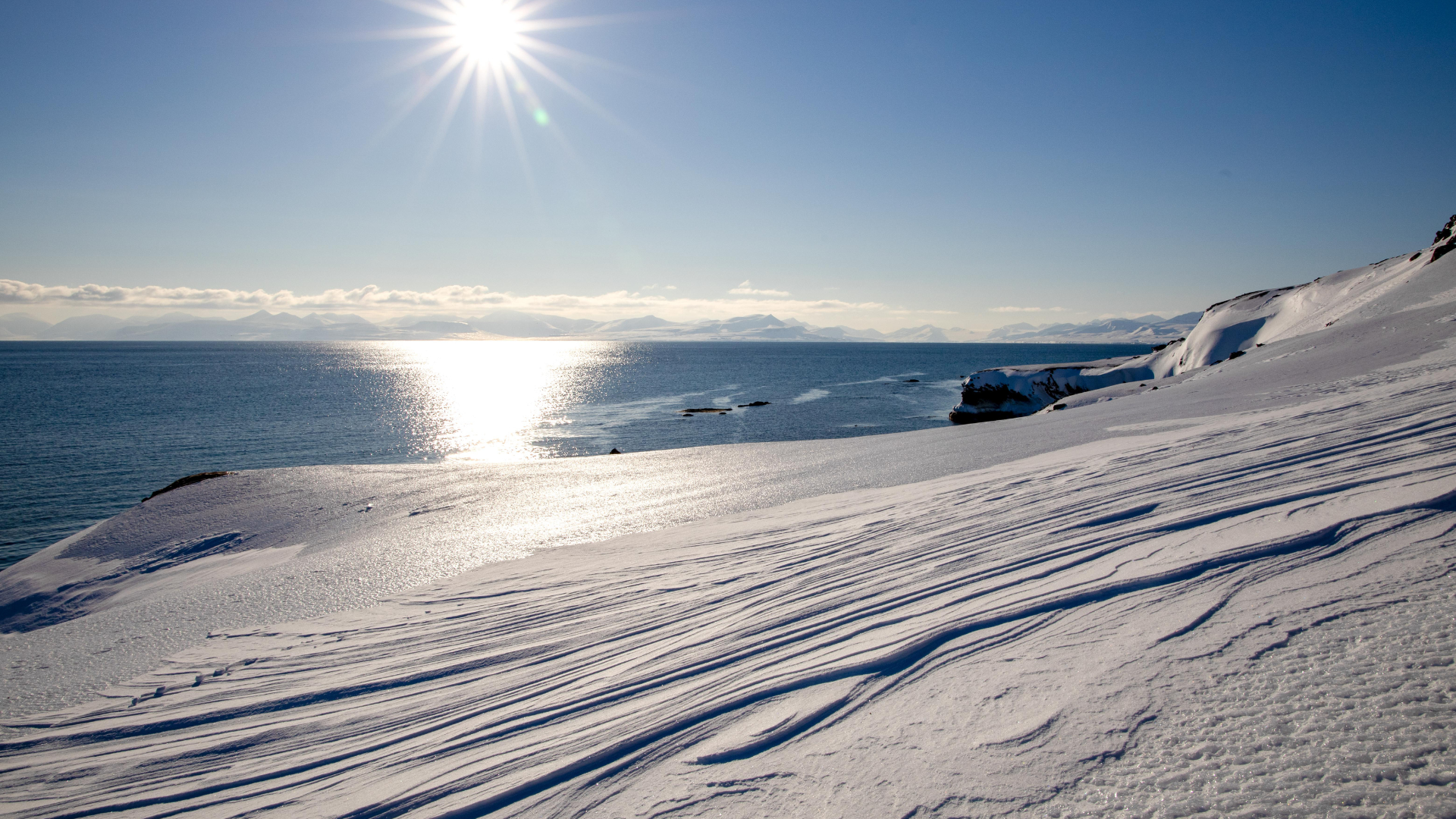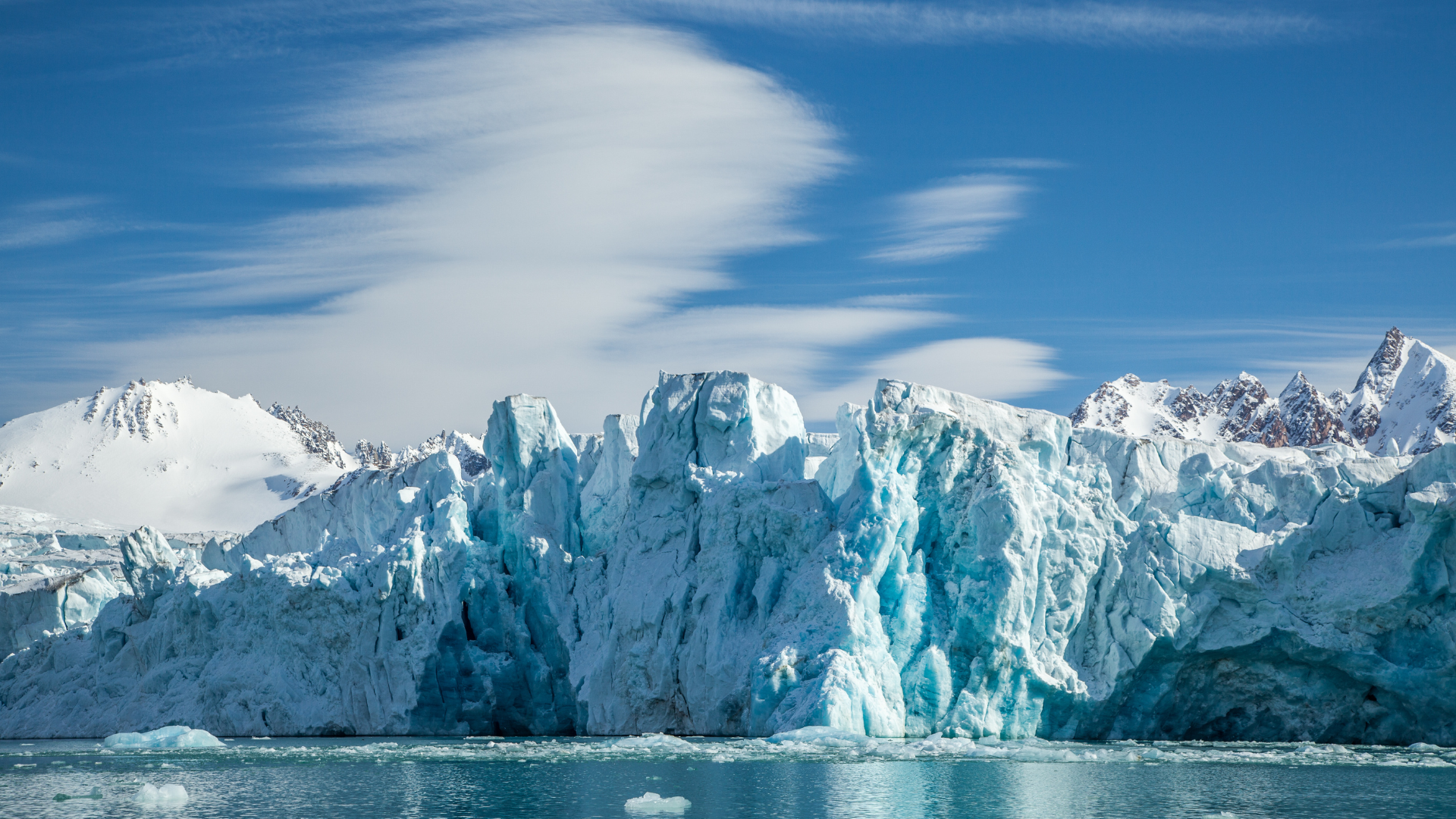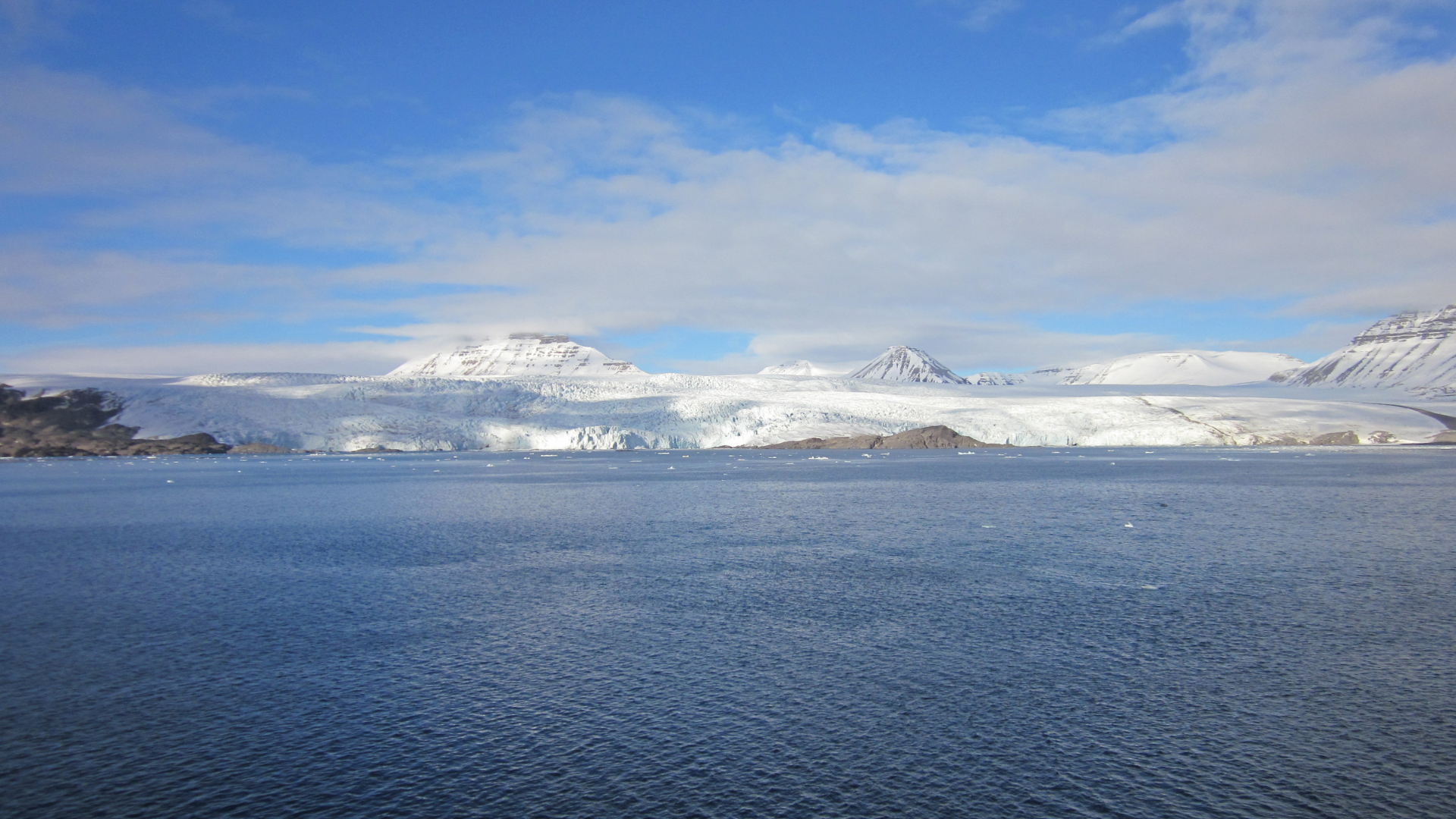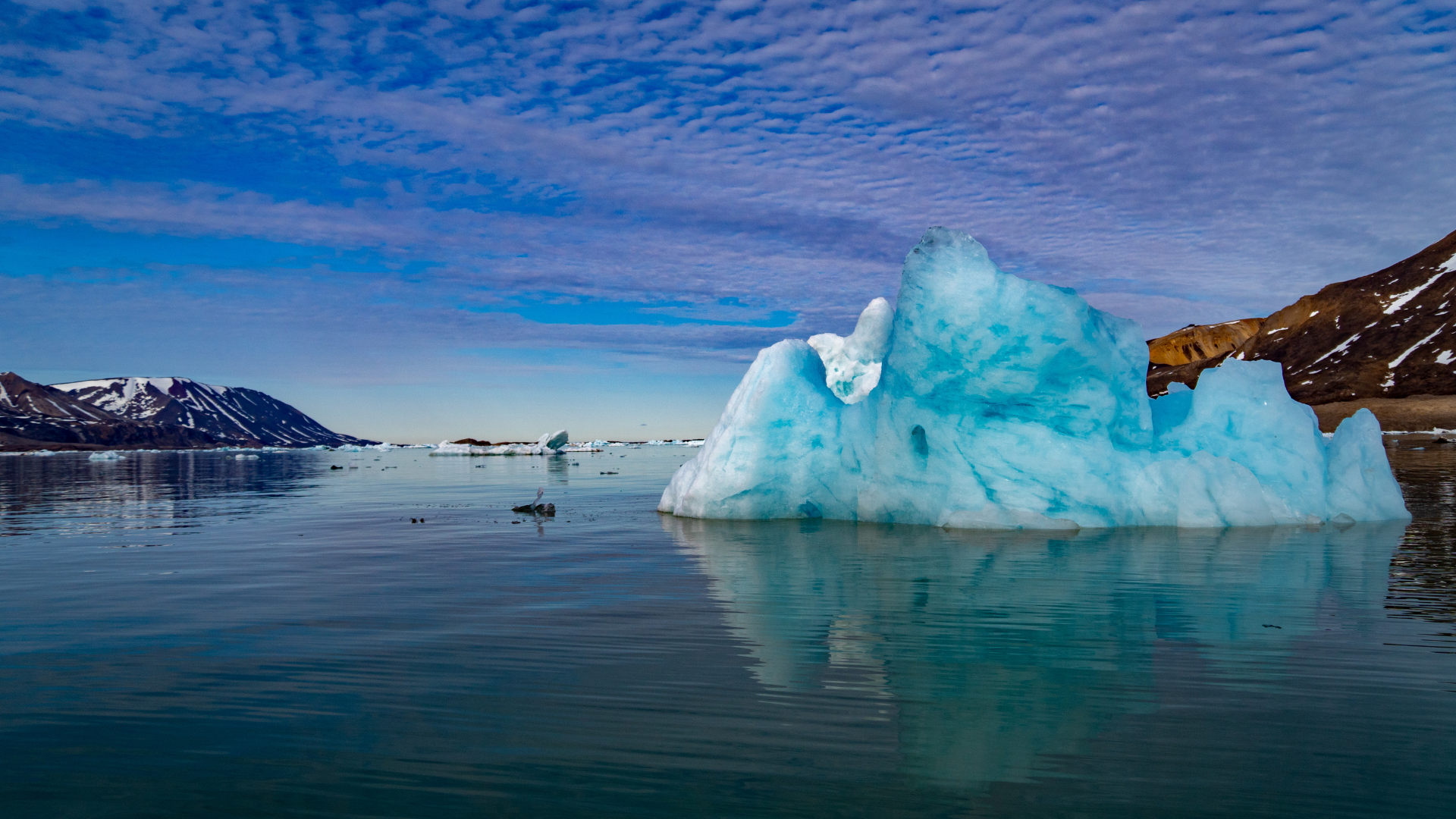A Journey Through Svalbard's Rich History
A Journey Through Svalbard's Rich History
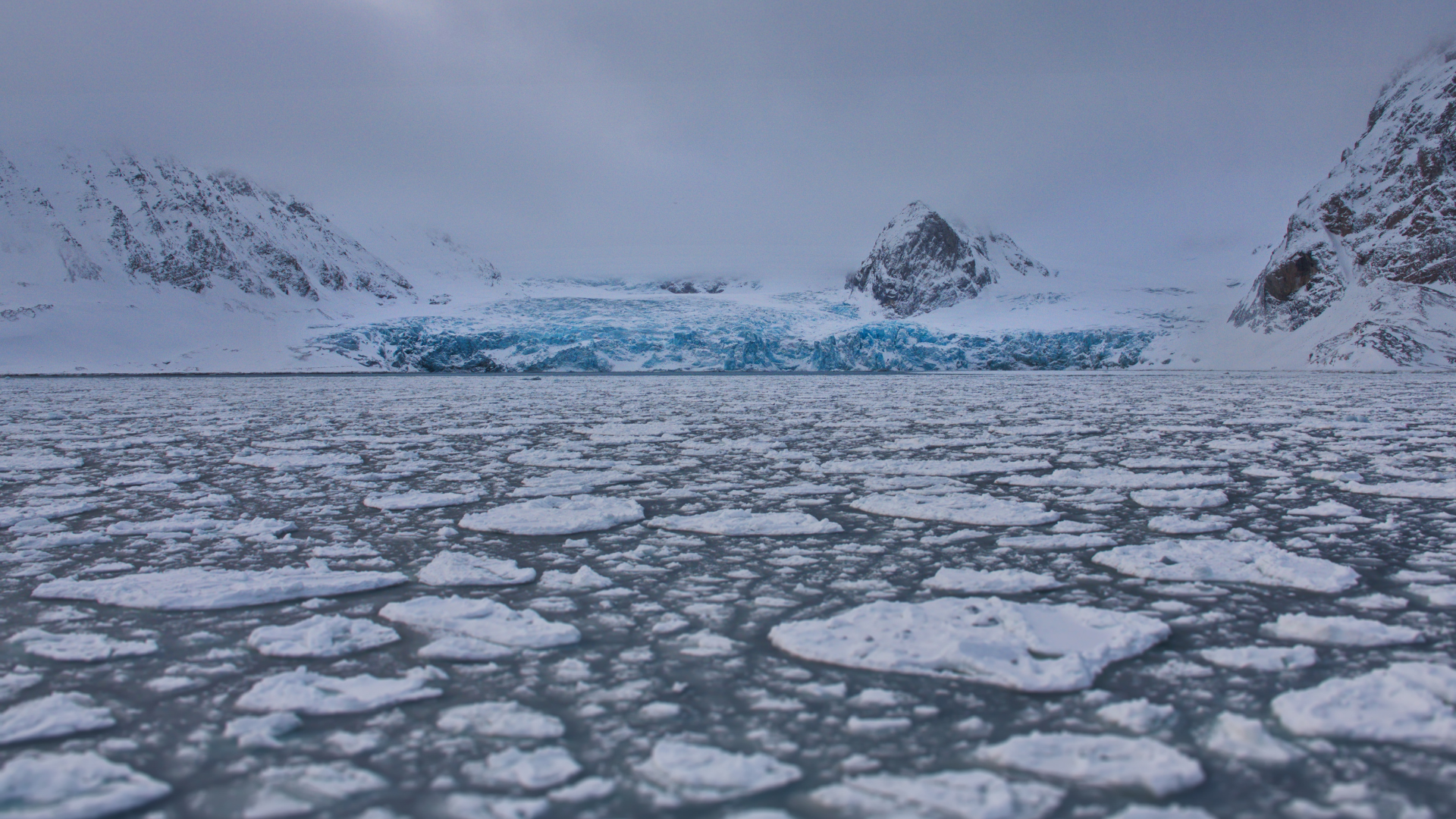
Svalbard, a remote archipelago located deep within the Arctic Circle, holds within its icy embrace a storied past that stretches back thousands of years. From early indigenous peoples and Viking explorers to coal miners and polar adventurers, the history of Svalbard is a testament to the resilience, resourcefulness, and pioneering spirit of those who have called this frozen wilderness home. Let's embark on a journey through time and trace the footsteps of Svalbard's rich history.
1. Ancient Beginnings:
The earliest traces of human presence in Svalbard date back to the Stone Age, when nomadic hunter-gatherer groups ventured into the Arctic in search of food and resources. Archaeological evidence suggests that these early inhabitants lived along the coastlines of Svalbard, hunting seals, walruses, and other marine mammals for survival. Despite the harsh climate and unforgiving terrain, these resilient peoples thrived in the Arctic for thousands of years, leaving behind traces of their existence in the form of ancient settlements and artifacts.
2. Viking Exploration:
In the 12th century, Viking explorers began venturing into the Arctic waters surrounding Svalbard in search of new lands and resources. Known for their seafaring prowess and adventurous spirit, the Vikings established temporary settlements on the islands of Svalbard, using them as bases for hunting, fishing, and trading with indigenous peoples. While their presence in the region was fleeting, the Vikings left an indelible mark on the history and culture of Svalbard, influencing later explorers and settlers who would follow in their footsteps.
3. Whaling and Exploration:
The 17th and 18th centuries saw a surge in whaling activity in the waters around Svalbard, as European nations sought to capitalize on the rich abundance of marine life in the Arctic. Dutch, English, and Norwegian whalers established seasonal settlements on the islands, using them as staging grounds for hunting whales, seals, and walruses. These early expeditions also contributed to the mapping and exploration of the region, as cartographers and navigators charted the uncharted waters of the Arctic and documented their discoveries for future generations.
4. The Coal Rush:
The 19th century brought a new chapter in the history of Svalbard with the discovery of coal deposits on the islands. Norwegian and Russian prospectors flocked to the archipelago in search of fortune, establishing mining settlements and extracting coal from the rich seams that lay buried beneath the Arctic tundra. The coal rush transformed the economy and society of Svalbard, attracting workers from across Norway and beyond to seek their fortunes in the icy depths of the Arctic.
5. International Treaty:
In 1920, the Treaty of Svalbard was signed, granting Norway sovereignty over the archipelago while ensuring the rights of other signatory nations to engage in commercial activities such as mining and fishing. The treaty also established Svalbard as a demilitarized zone and a free economic zone, allowing for the peaceful coexistence of multiple nationalities and cultures in the region. Today, the Treaty of Svalbard remains the cornerstone of governance in the archipelago, shaping the political, economic, and social landscape of Svalbard for nearly a century.
6. Polar Exploration:
Svalbard has long been a magnet for polar explorers and adventurers drawn to the challenge of the Arctic wilderness. From Roald Amundsen and Fridtjof Nansen to Sir Ernest Shackleton and Robert Peary, the islands have hosted countless expeditions in search of fame, glory, and scientific discovery. These intrepid explorers braved the freezing temperatures, treacherous ice, and polar bears of Svalbard, pushing the boundaries of human endurance and knowledge in the pursuit of their dreams.
7. Modernization and Conservation:
In the latter half of the 20th century, Svalbard underwent a period of modernization and development, as infrastructure improvements and technological advancements transformed the archipelago into a hub for scientific research, tourism, and education. At the same time, increased awareness of the fragility of the Arctic environment led to the establishment of conservation initiatives and protected areas aimed at preserving the unique ecosystems of Svalbard for future generations.
8. A Living Legacy:
The history of Svalbard is a tapestry woven from the threads of exploration, exploitation, and conservation, spanning millennia of human endeavor in the Arctic wilderness. From ancient hunters and Viking adventurers to modern-day scientists and polar explorers, the people of Svalbard have left an indelible mark on the landscape and culture of this remote archipelago, shaping its past, present, and future in ways both profound and enduring. As we trace the footsteps of time through the history of Svalbard, we gain a deeper appreciation for the resilience, ingenuity, and spirit of adventure that define the people of the Arctic and their timeless connection to the frozen north.
